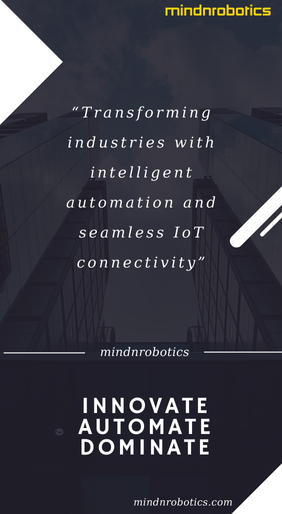Informed decision-making is at the core of successful business strategies, and enabling a data-literate workforce has gained increased visibility.

VP of Public Cloud Data Services
Rackspace Technology Inc
Indeed, with the Malaysia Digital Economy Corporation (MDEC) forecasting that the big data analytics market is set to US$1.9 billion by next year, the need for people who know how to use data to gather insights is fundamental to success.
The explosive expansion of big data and analytics places a significant responsibility on organisations to empower their workforce with the ability to navigate and leverage information effectively.
The rise of artificial intelligence (AI) underscores the critical role of data in a flourishing business.
After all, AI’s effectiveness hinges on the quality of the data it accesses. Therefore, data literacy is essential for any company aspiring to succeed across all areas of digital transformation.
Although chief data officers (CDOs) and chief data analytics officers (CDAOs) are at the forefront of championing initiatives to enhance data literacy across teams, challenges remain.
In the contemporary landscape, every organisation fundamentally operates based on data. Simply put, there is no escaping
the heightened importance of investing in tools and methodologies that foster data literacy.
These hurdles will become more acute as data volumes grow, making data-literate individuals critical to enhanced innovation, problem-solving, and overall operational efficiency.
But how can businesses empower employees to comprehend, analyse, and leverage data effectively?
Developing and implementing a data literacy strategy centre on three key business objectives: fostering relevant decision-making skills, establishing a training program focused on learning and development, and adopting a cognitive model.
At its essence, enhanced data literacy plays a pivotal role in refining decision-making processes, underscoring its significance in shaping outcomes and guiding investments.
Leaders must grasp the diverse interpretations of data literacy within their organisations to drive this initiative effectively.
Moreover, acknowledging varied learning styles is hugely important, as not all individuals benefit equally from uniform training programs.
By embracing these principles, organisations can guarantee the efficacy of their data-driven literacy approach.
This holistic strategy ensures that decision-makers are equipped with the necessary skills, training programs are tailored to diverse needs, and a cognitive model is in place, thereby fortifying the overall success of the organisation’s data literacy endeavours.
Businesses today need help making informed decisions due to the increasing data. While allocating more resources to improve information management is helpful, more is required.
Organisations must also find ways to transform raw data into practical insights, which requires more than just financial investment.
Building a successful business requires empowering people at all levels to make sound decisions based on data.
This means giving them the skills and resources to interpret data, identify critical insights, and ask the right questions.
It is not enough for just senior leaders to understand data; everyone in the organisation, from top to bottom, must be able to use data effectively.
To get started on data literacy requires, firstly, a deep understanding of what it means to establish a common language for learning.
Building a model that considers an individual’s skills and knowledge is essential for organisations to improve their data literacy.
This model should be based on the idea of the “Circle of Competence,” which was developed by Warren Buffett.
This concept suggests that people are most effective when they make decisions in areas where they have expertise.
Organisations can improve their overall effectiveness by placing data experts in roles that match their skills.
It is important to note that subjective skills assessments should be supported by evidence of real-world competence.
Upon evaluating a challenge within the context of this circle of competence, organisations gain guidance on prioritising and investing in appropriate actions.
The decision-making process involves deciding whether to abstain from engaging with unfamiliar tasks, expand expertise and competence by learning about them, or outsource the challenge by collaborating with individuals possessing the necessary
knowledge within their circle of competence.
Employees who can understand and use data effectively can significantly impact their roles, which helps the business be more successful.
However, creating a program to teach data literacy skills has benefits beyond just the company’s bottom line. It can also make employees more loyal and develop a workforce that is better educated.
By investing in professional development in this way, companies empower their
employees and create a work environment where people feel valued and supported in their growth.
This benefits both the employees and the business.






